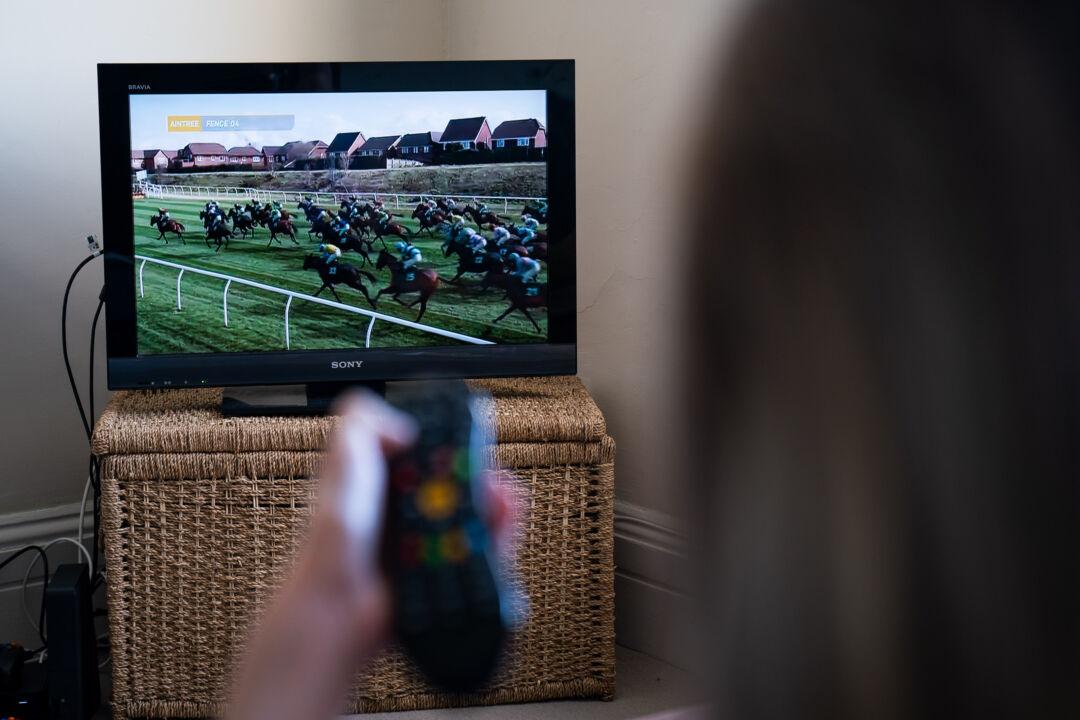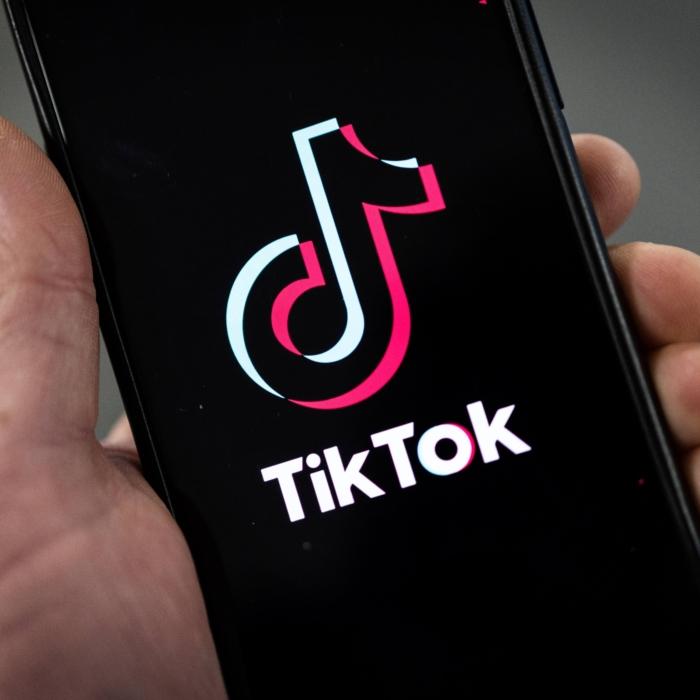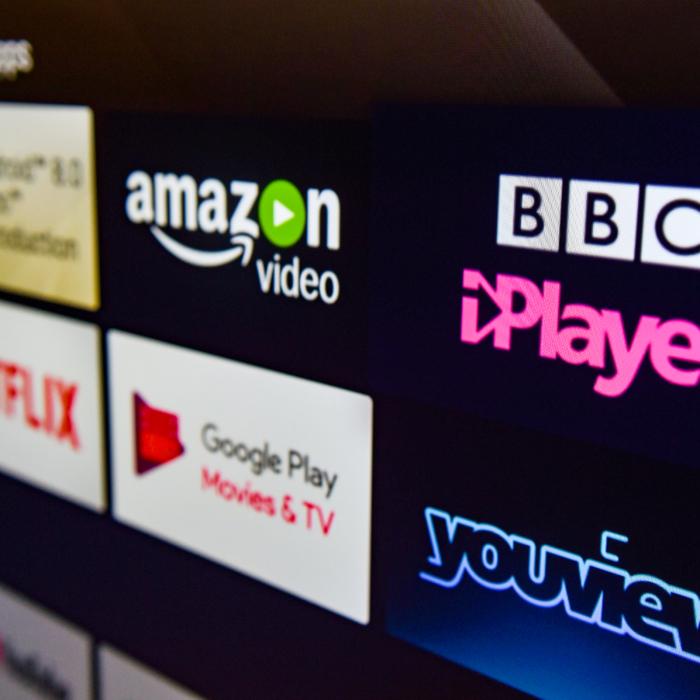Less than half of young people are watching live TV each week, the UK communications watchdog has found.
Only 48 percent of viewers aged 16 to 24 tuned in to TV broadcasts last year, compared to 76 percent in 2018. Among children aged 4–15 the figure is 55 percent, down from 81 percent six years ago.
Young people also watch live TV for shorter periods, at only 20 minutes each day. They are spending more than three times as long each day watching content on TikTok and YouTube.
More viewers now use TV screens to watch YouTube content. The time spent watching YouTube at home on a TV set rose from 29 percent in 2022 to 34 percent last year.
For children aged 4–15, this increased to 45 percent in 2023, up from 36 percent the year before.
Viewers said that YouTube provided content that “appeals to a wide range of audiences,” as well as “services that are easy” to navigate.
Overall, Britons watched more TV and video content at home last year, including video-sharing platforms and video-on-demand services, such as iPlayer and ITVX.
“Gen Z and Alpha are used to swiping and streaming, not flipping through broadcast TV channels. They crave the flexibility, immediacy and choice that on-demand services offer, spending over three hours a day watching video, but only 20 minutes of live TV. It’s no surprise that the traditional TV is fast becoming a device of choice to watch YouTube,” said Ofcom’s Director of Market Intelligence Ian Macrae.
Live TV may have lost some of its universal pull, Macrae said, but it still remains crucial in capturing significant events that bring the nation together.
The most watched programmes in 2023 included the New Year’s Eve Fireworks (12.1 million viewers) and The Coronation of The King and Queen Camilla (12 million viewers). More than 10.1 million viewers had tuned in to watch the Eurovision Song Contest.
The UEFA Euro 2024 men’s football final between England and Spain on July 14 was the most-watched event of 2024 so far. The combined coverage of the game by BBC One and ITV averaged more than 15 million viewers.
Video-on-Demand
Video-on-demand services enjoyed marginal growth last year and were up 6 percent to 38 minutes. Compared to other age groups, viewers aged 16–34 continue to watch the most subscription video-on-demand (SVoD) content.Last year, Netflix remained the viewers’ favourite service and accounted for more than half of all SVoD viewing. Britons watched Netflix for an average of 21 minutes per person per day, the Ofcom study found.
Viewers would subscribe to Netflix and other SVoD because they offered “content not available elsewhere” and allowed watching “multiple episodes in a row/boxsets.”
In 2023, Britons ranked the “Chicken Run: Dawn of the Nugget” animation film the highest on the list of the top 10 most-watched SVoD programmes in (7.5 million). Second place went to “Elemental” with 6.5 million viewers.
The first episode of the documentary “Beckham” ranked third with 5.8 million viewers.
The proportion of UK households subscribed to SVoD services returned to the peak level achieved two years before at 68 percent. This follows a period of decline for most of 2022 and 2023.
One in 10 teens choose TikTok as their most important news source, over any other individual source. However, the BBC still had the highest reach of any news organisation among teens, taking into account all news content across its platforms.







